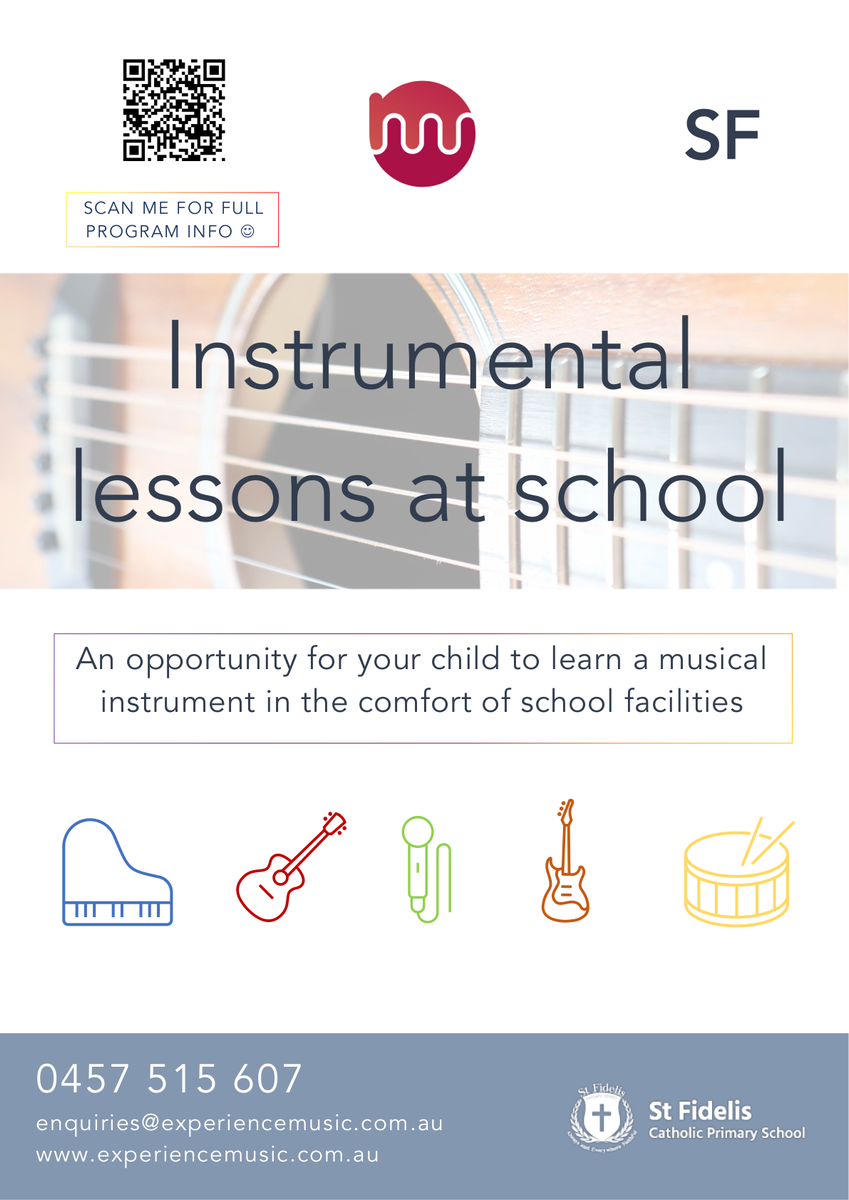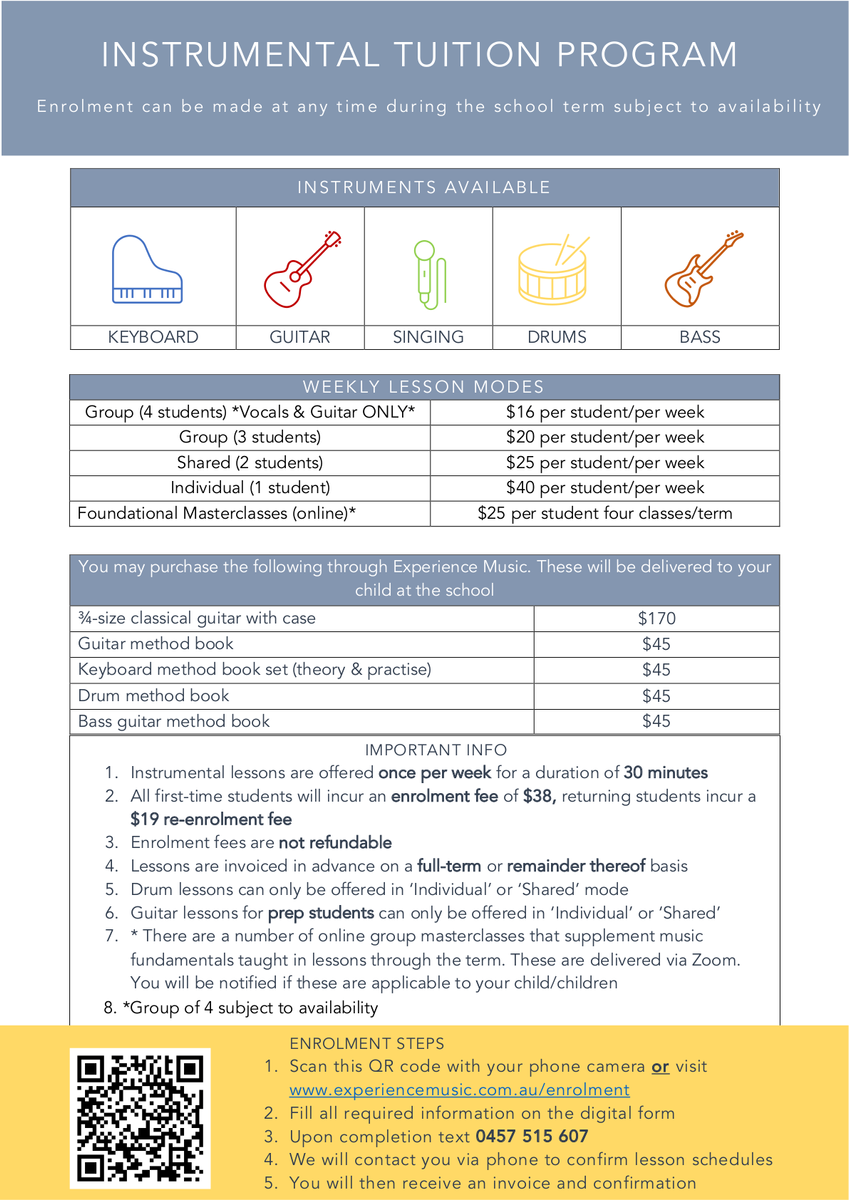Learning & Teaching
Learning and Teaching encompasses the following areas: Student Outcomes, Curriculum, Assessment, Reporting, Principles and Pedagogy.

Learning & Teaching
Learning and Teaching encompasses the following areas: Student Outcomes, Curriculum, Assessment, Reporting, Principles and Pedagogy.
Learning about Culture Diversity @ St. Fidelis
Last week in our learning spaces, each year level had the opportunity to learn about the importance of Harmony Week. Australia is one of the world’s most multicultural countries. Our cultural diversity is at the heart of who we are; everyone’s story is unique. Throughout the term, students have explored each other’s stories and the stories of the Traditional Owners of the Land. They have learnt about the importance of respecting and accepting each other’s differences and explored how to promote inclusiveness, respect and belonging.
As Readers, the students explored the themes and messages of inclusiveness, respect and belonging through video clips, news articles and picture storybooks. To celebrate Harmony Week, students had the opportunity to listen to and read the following books:
Also, as Inquiries, students have engaged with I’m Australian Too by Mem Fox, Wide Big World by Maxine Beneba Clarke, Whoever You Are by Mem Fox and The Family Tree by Josh Pyke. Students have also had the opportunity to create their own Acknowledge of Country.
The Foundation students have shared their stories by creating ‘Me Bags’. In each bag, students placed items about their families and had the opportunity to share what made them and their families special.
This week, the Year 5/6 students read ‘The Name Jar’. They discussed the origins of their names and made connections to their families. Students had the opportunity to research the families' cultural backgrounds and the cultures that influenced Australia when they visited the Immigration Museum.
The Year 1/2 engaged with the book, Hello by Tony Flowers and looked at ways people say hello to each other. It was great to see the students practise different greetings each day. They also began to inquire into different cultures by listening to the stories of others. They had a special visit from Rafael’s dad. He spoke to the students about his culture. This coming week more parents are visiting their spaces to share their stories.
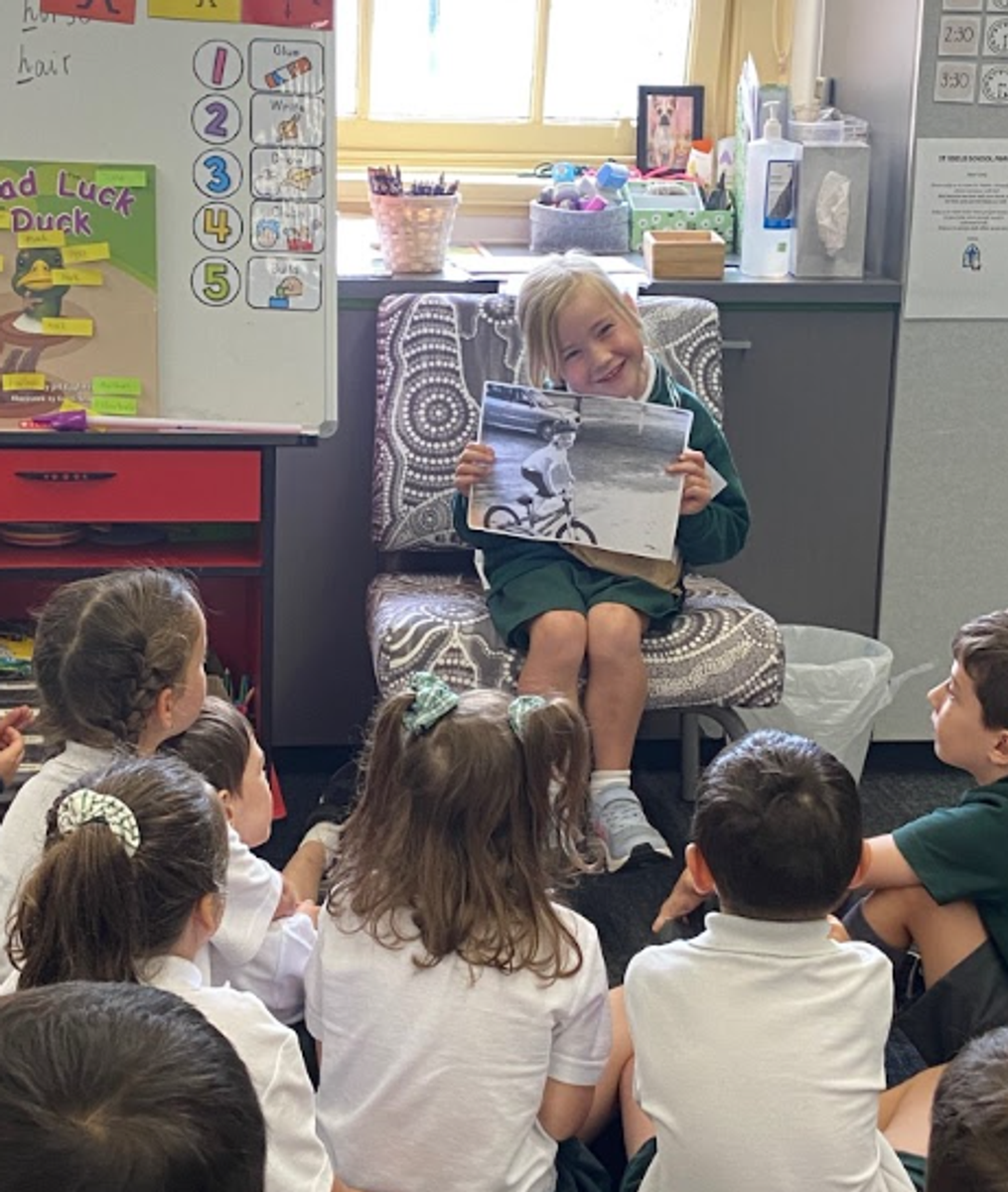
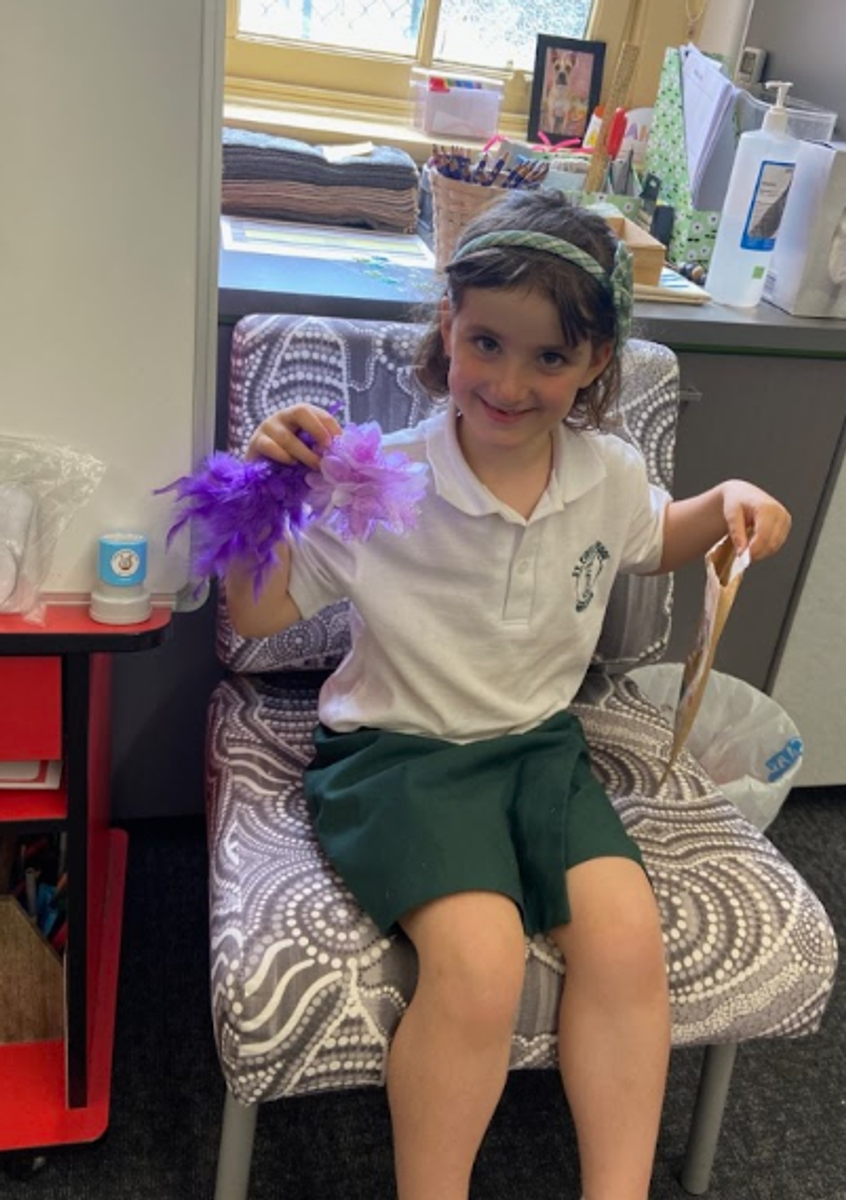
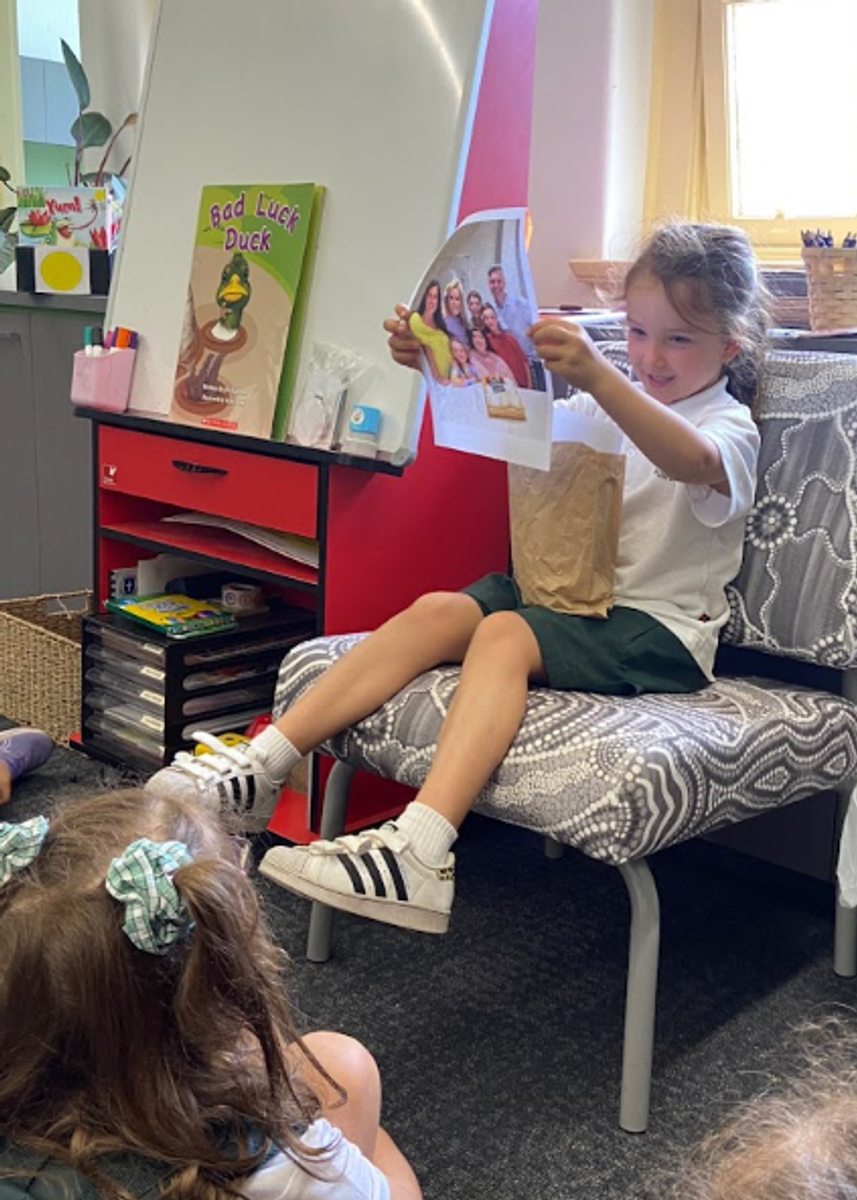
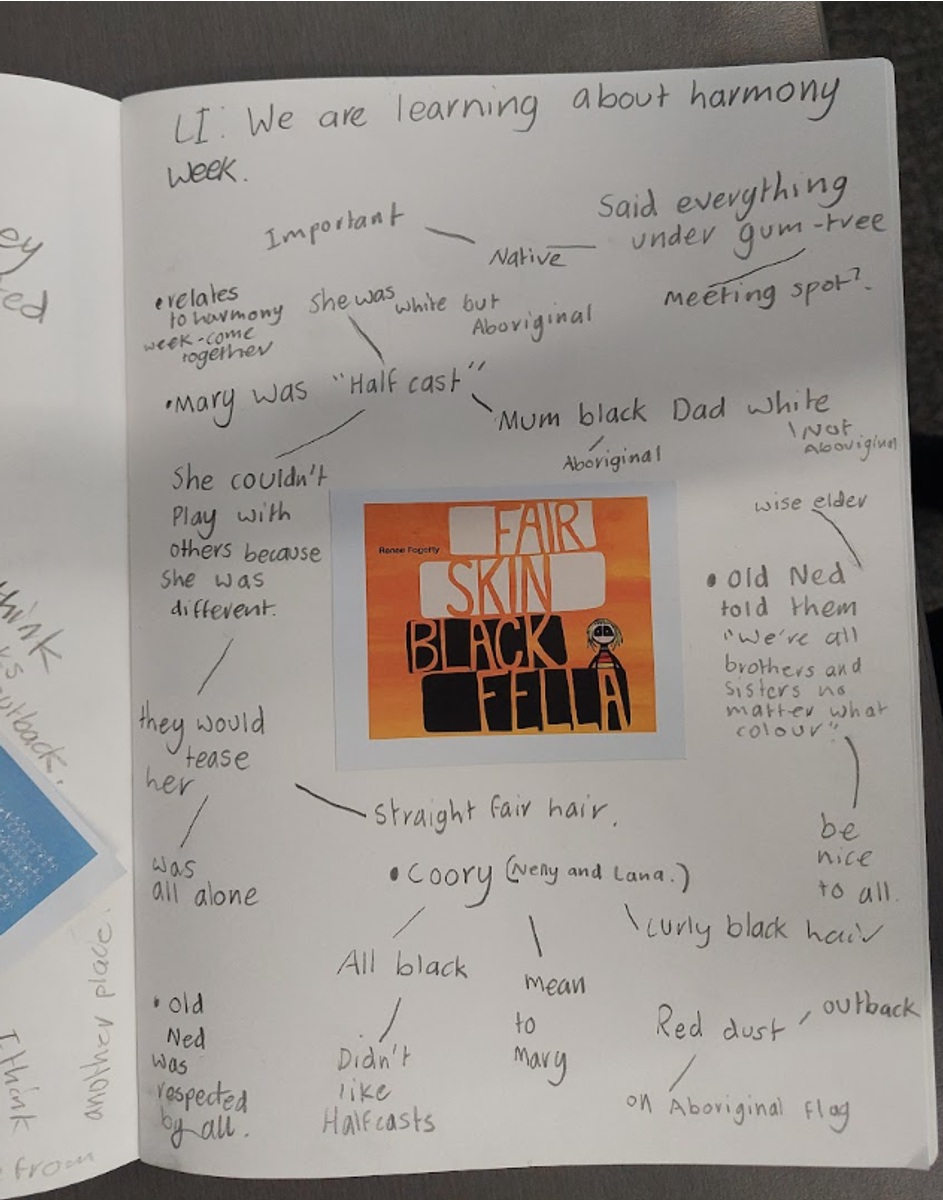
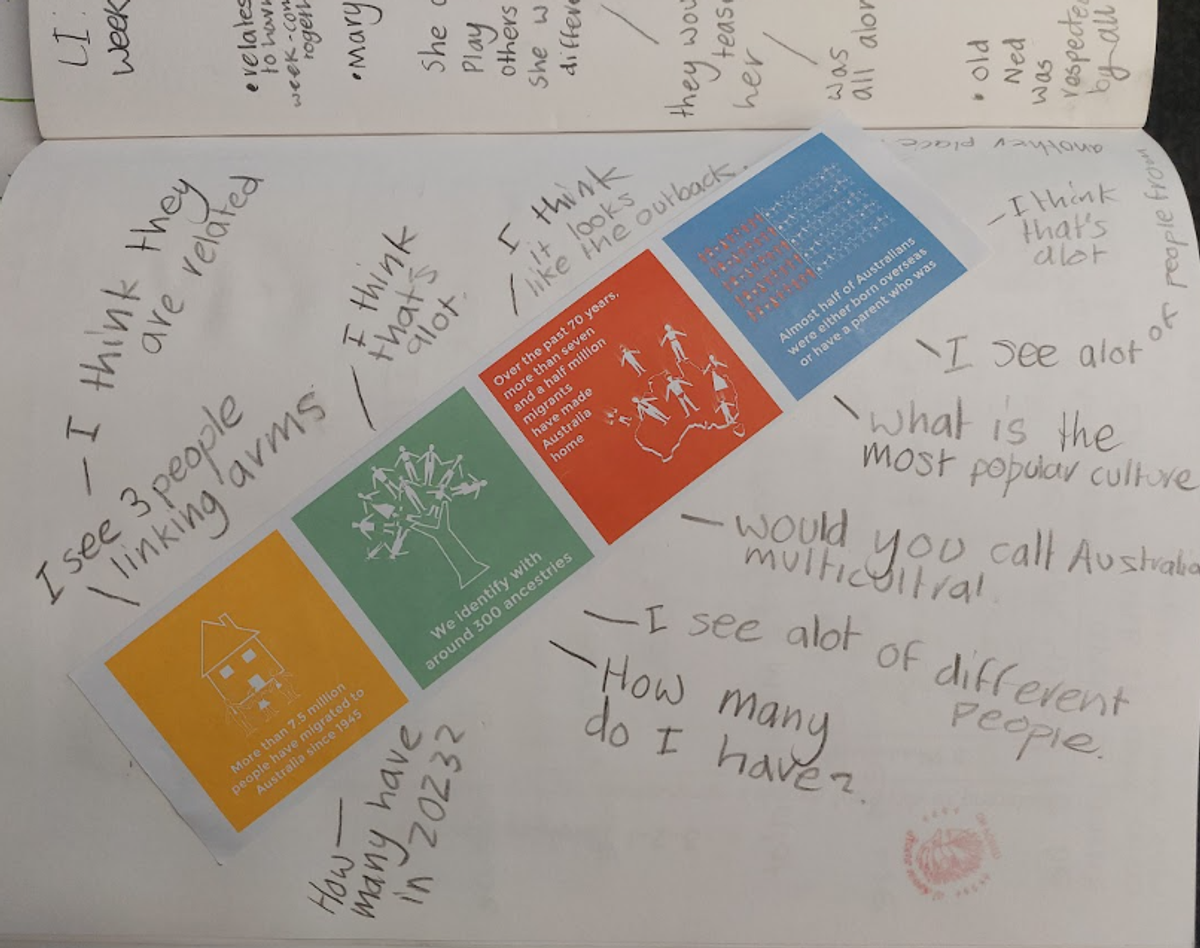
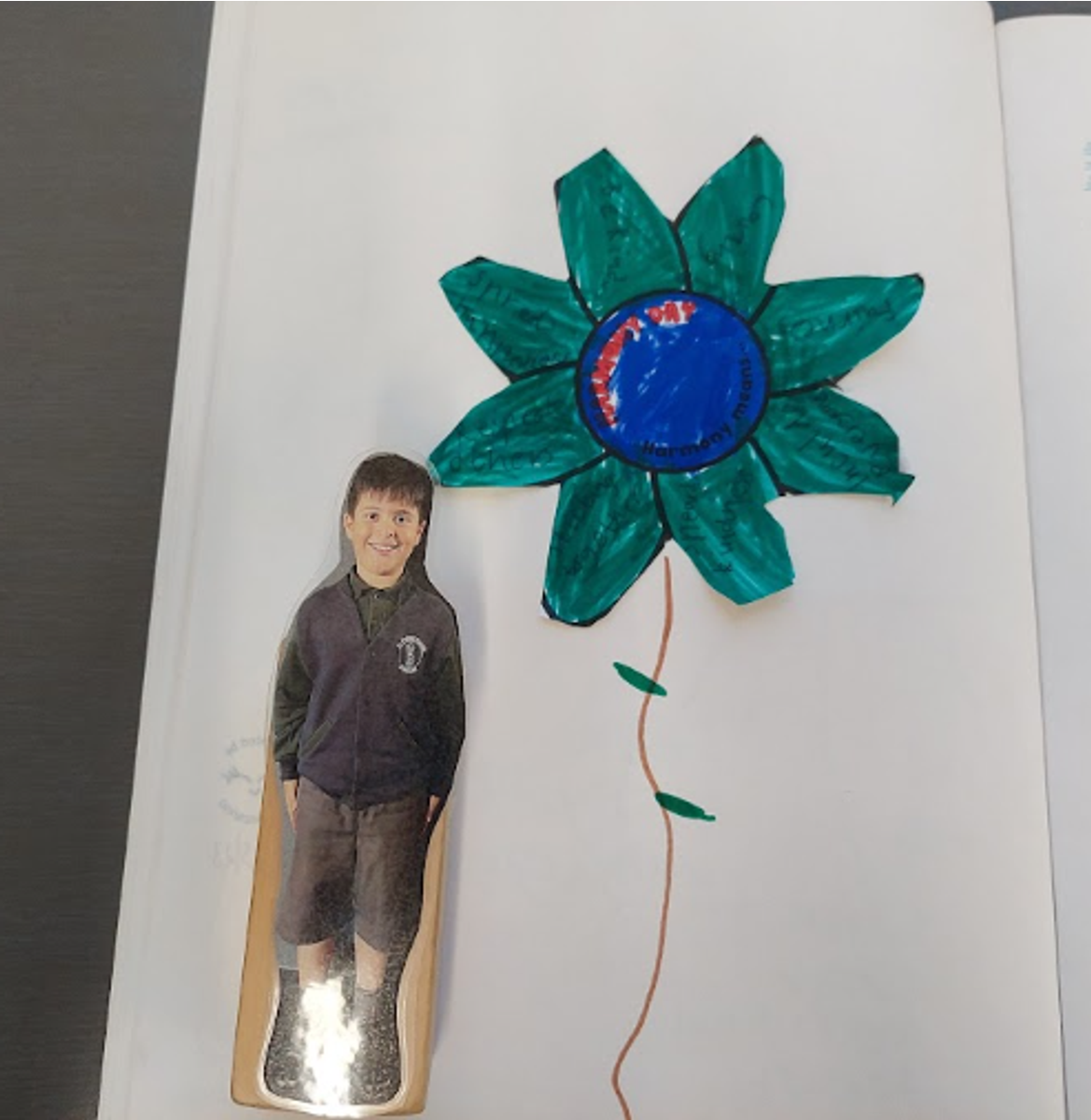
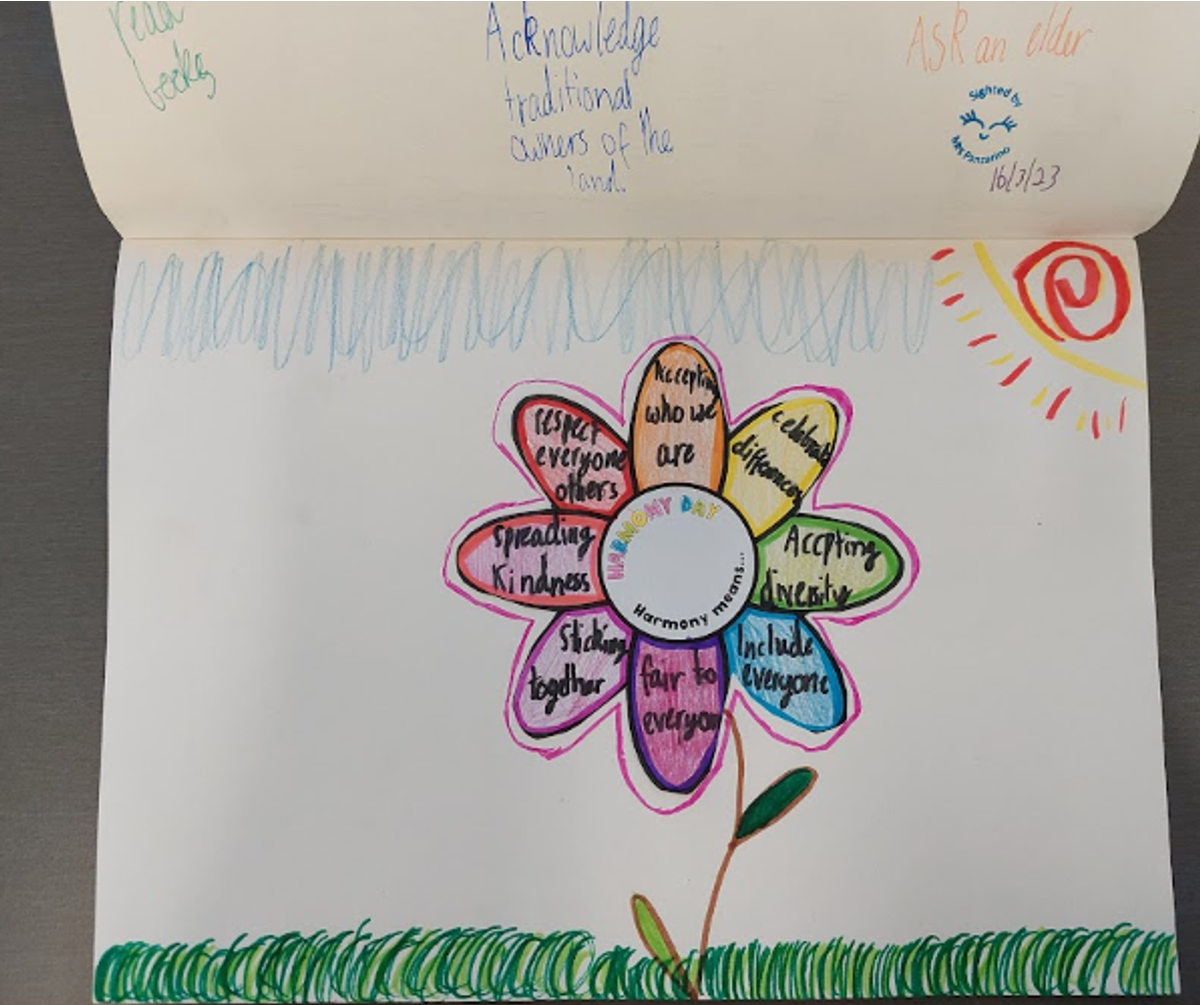
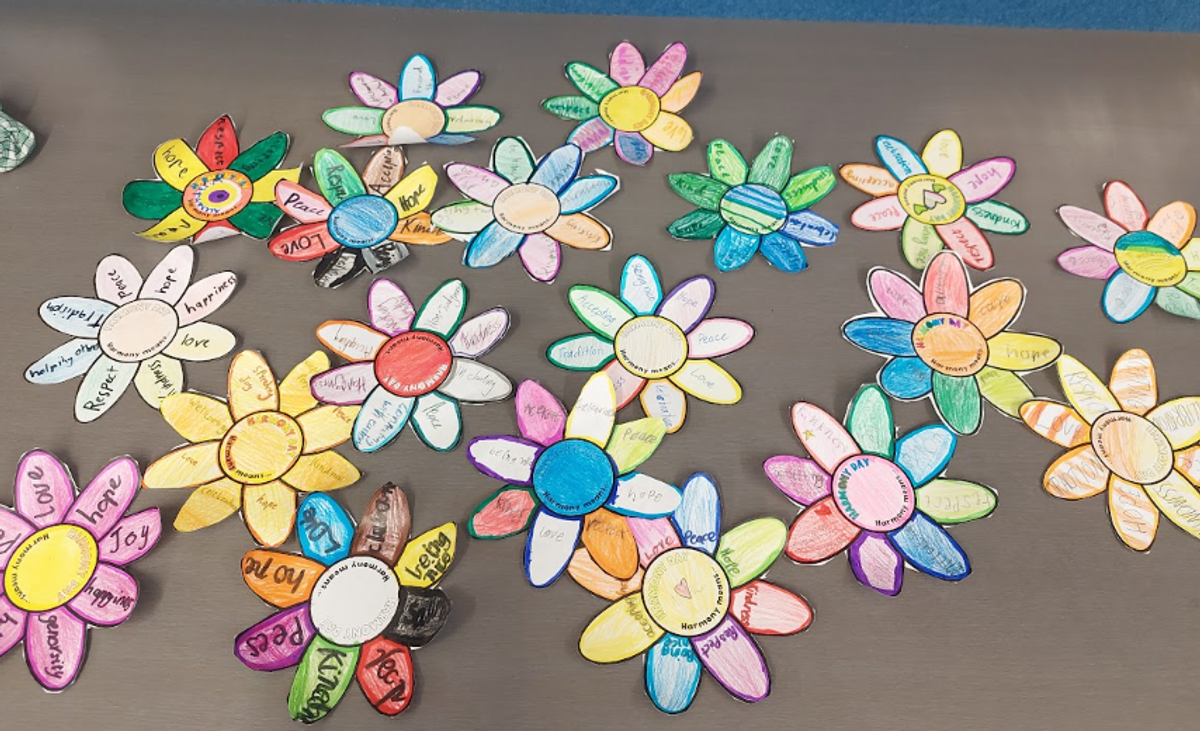








Below are some ideas and books that you can read with your child:


What's happening in Sustainability:
During Sustainability, the children have been busy preparing our garden beds. We began by cleaning the garden beds and adding more organic soil to our beds. The children then decided how many lettuce plants could be planted in each garden bed. They calculated that each plant grows about 20cm in height and 20cm in width. They used a ruler and estimated how many plants would comfortably grow in each garden bed.
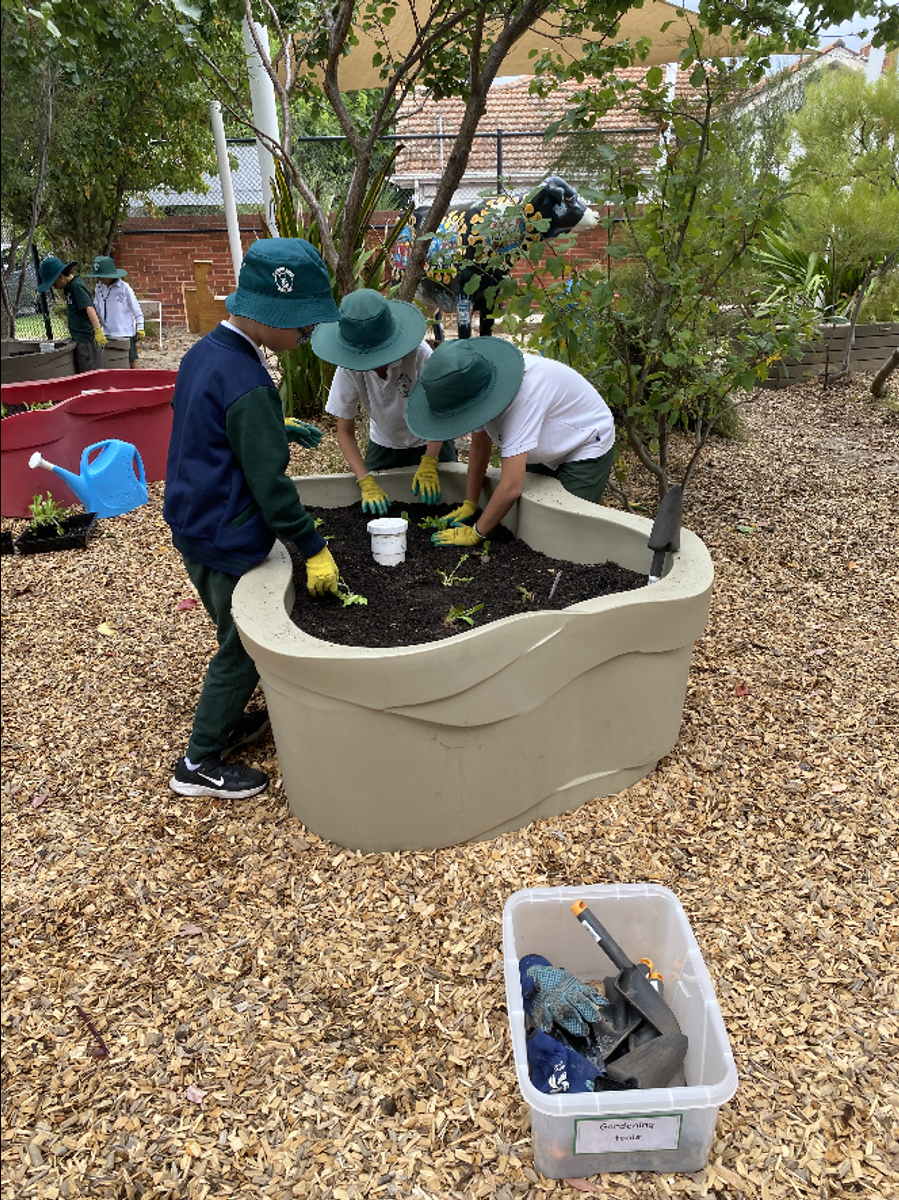
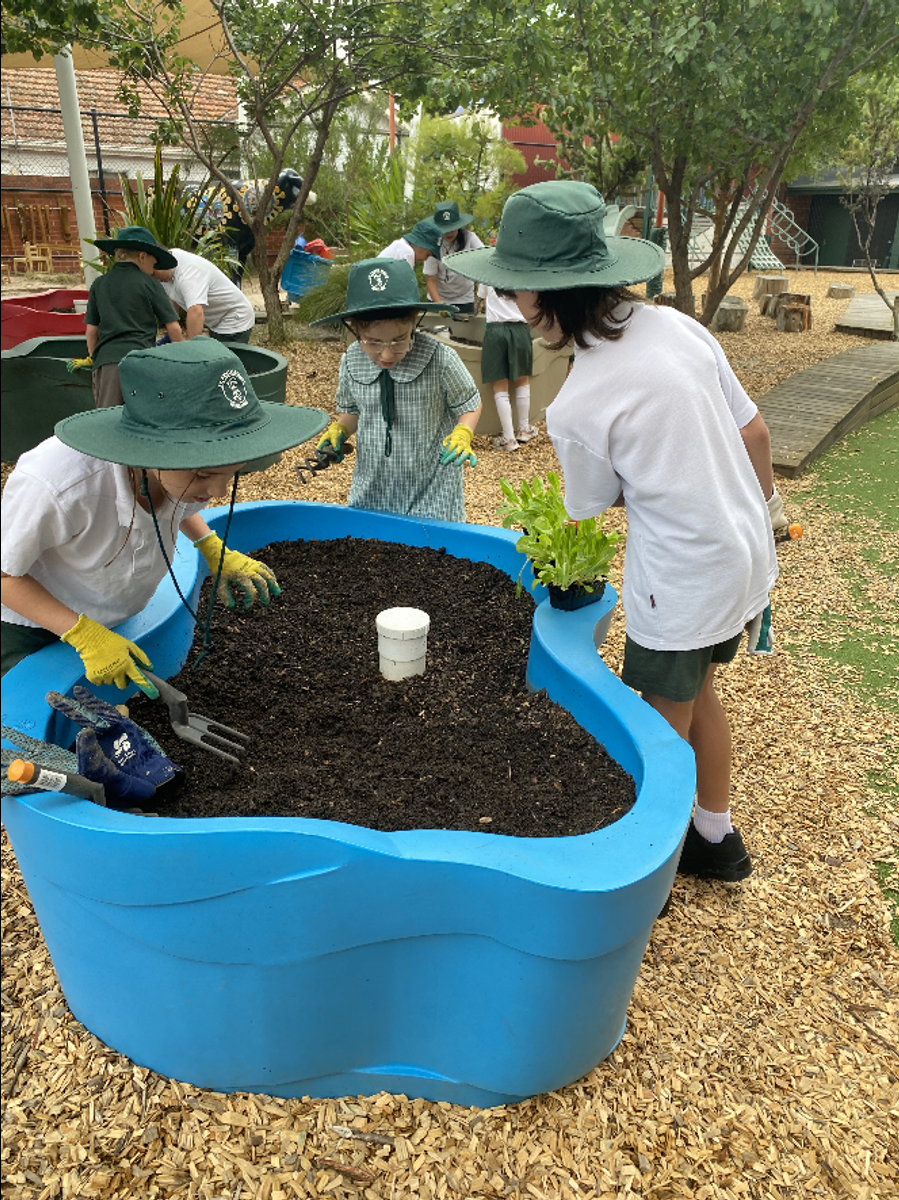
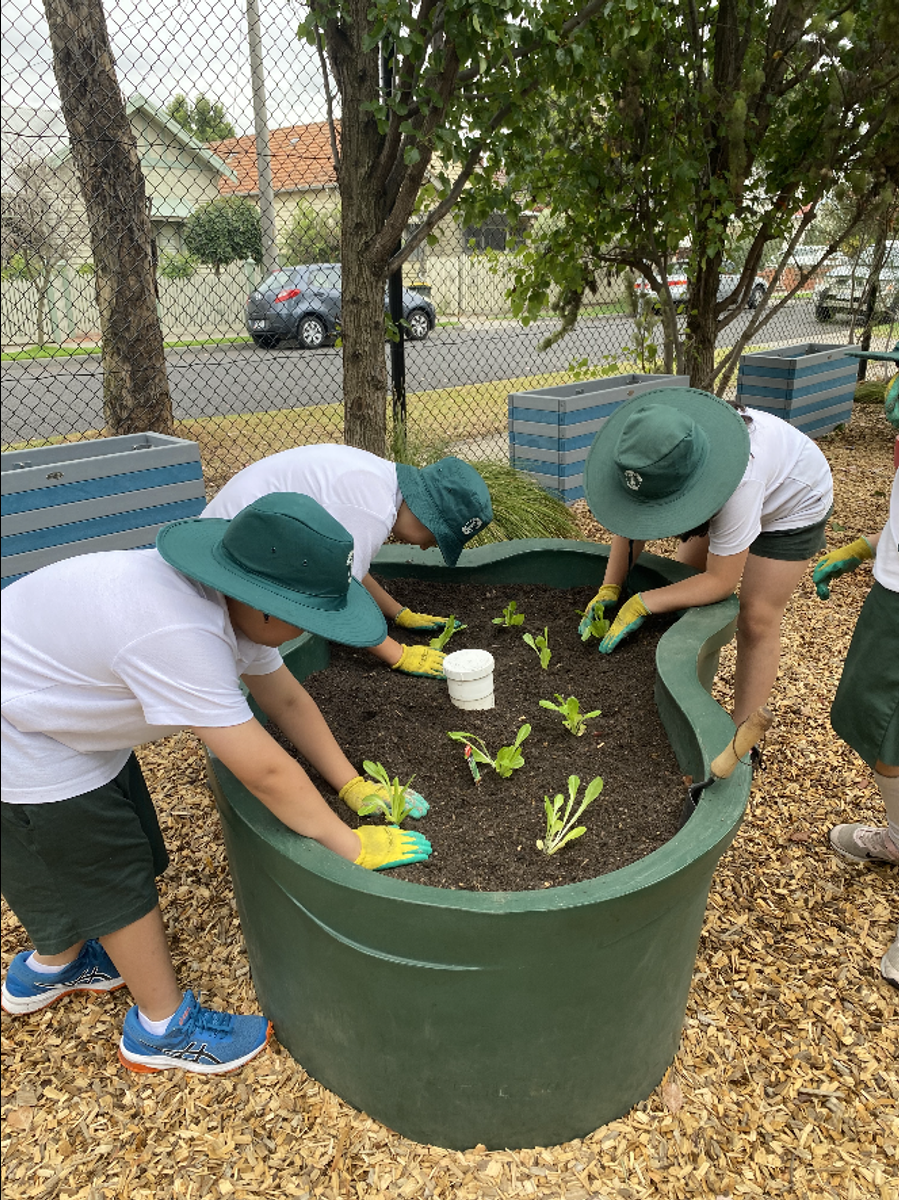



Today at Sustainability, we cleaned up the garden beds and planted baby lettuce, cos lettuce and mixed lettuce. Firstly, we put on our gardening gloves and got some gardening tools. We cleaned up the garden beds and got all the leaves and bark out of the garden beds. Secondly, we made holes in the dirt for the plants and planted the lettuce. Maddie 3/4
Today during Sustainability we planted 40 little cos and mixed lettuces. Then in a watering can we mixed worm tea and water together and spread it over the garden beds. The worm tea makes the vegetables grow. Madelen 3/4
Today during Sustainability, my group and I planted lettuce. We got the lettuce from Bunnings. First, we cleaned up all the garden beds and then we took the plants out of the containers and planted them. Maria 1/2
At the completion of this, we looked at our worm towers and decided that we need to add more worms and compost to our towers. The children then decided that they would write a letter to Frank Muscara (Patrick and Arnold’s dad) asking him if he could kindly donate some worms for us to place in our worm towers.
Dear Frank,
Patrick told us that you have lots of worms from your worm farms. We have 7 new garden beds and we are going to put worm towers in them. Are you able to get some worms to put in them? These worms will be placed in our worm towers, for our veggies to grow.
From Partick and Olivia.
As we begin preparing our garden beds, if you are able to donate any seedlings for our garden beds they will be most greatly appreciated.
Thank you to all the children who came along to our Community Day and spent some time selling goods in our mini sustainability market. Also thank you to the Tsangaris family for donating a selection of plants.
Thank you
Annette Gasabrro
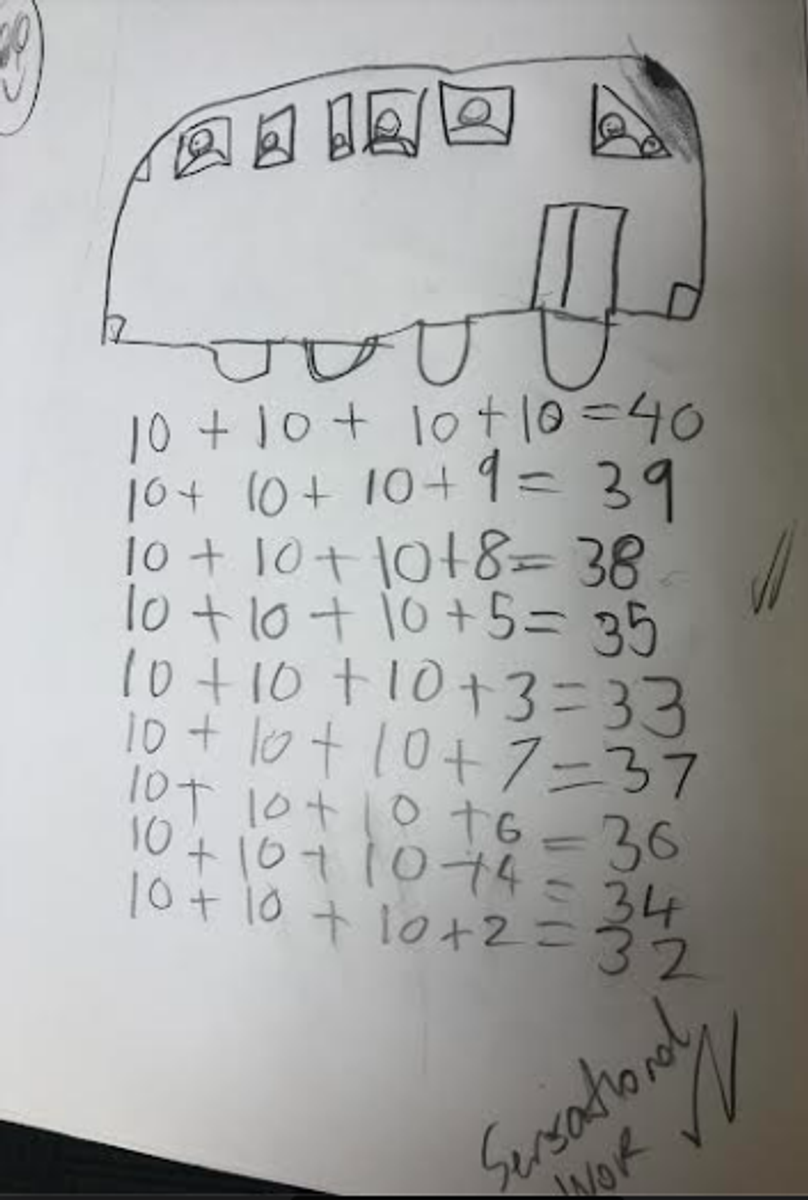

Numeracy
I love it when I see students using a systematic approach to solving problems. This work sample shows Thomas’s (1/2VK) thinking when asked to solve this problem.
My Mum’s bus holds a maximum of 10 people.
To get us all to the pool, Mum needed to make 4 trips.
How many people needed to go to the pool?
Maths today is about understanding number patterns, not learning by rote. There is always more than one way to get the right answer. Children are taught mental strategies, like using number lines, to figure problems out in their heads.
Many of the students have now moved into the teaching and learning of Addition and Subtraction. You may hear your child talk about Mental computation strategies they use.
It is critical that students develop trusted, efficient and flexible methods for adding and subtracting whole numbers and decimals. Students’ ability to solve addition and subtraction problems confidently and efficiently will often rely on their use of a mental strategy.
Students need to develop fluency with mental strategies, prior to the introduction of formal written methods. Students are at risk of developing misconceptions in computation when formal written methods are introduced before they are confident in solving problems mentally.
The focus of computation lessons in the early years (at least F-2) is on developing mental strategies for adding and subtracting. A feature of mental computation is that a problem can often be worked out in several different ways. The most appropriate strategy will depend on the numbers involved, the context of the problem, the age of the user and the range of methods that they are confident with. Students with a deep and flexible understanding of the relationship between addition and subtraction, whole number place value, partitioning and basic facts are well-equipped to develop efficient personal strategies.
There are numerous mental strategies for addition and subtraction. However, in different systems worldwide, there is general agreement on three methods.
• Jump
• Split
• Compensate.
Adding and subtracting with the JUMP strategy
The Jump strategy requires the user to:
• keep one number unchanged
• partition (break up) the other number
• add or subtract the parts.
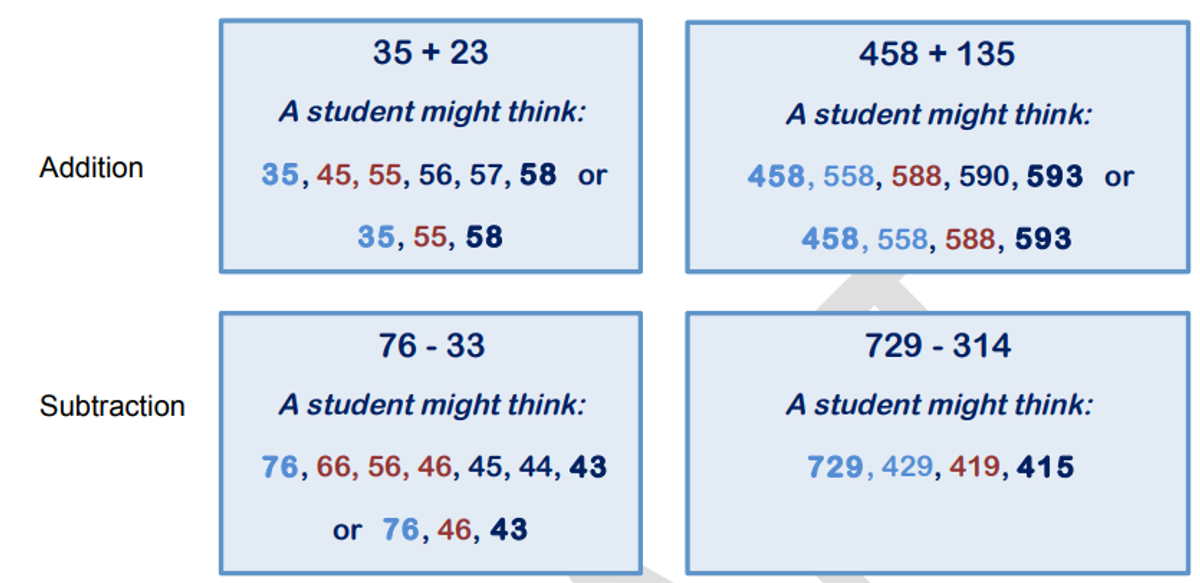

The Jump strategy can be represented with materials and visual models. In particular, hundred boards and empty number lines can be helpful in developing understanding.


Adding and subtracting with the SPLIT strategy:
The Split strategy requires the user to:
• partition (break up) both numbers
• add or subtract the place value parts
• recombine the added parts to make the sum
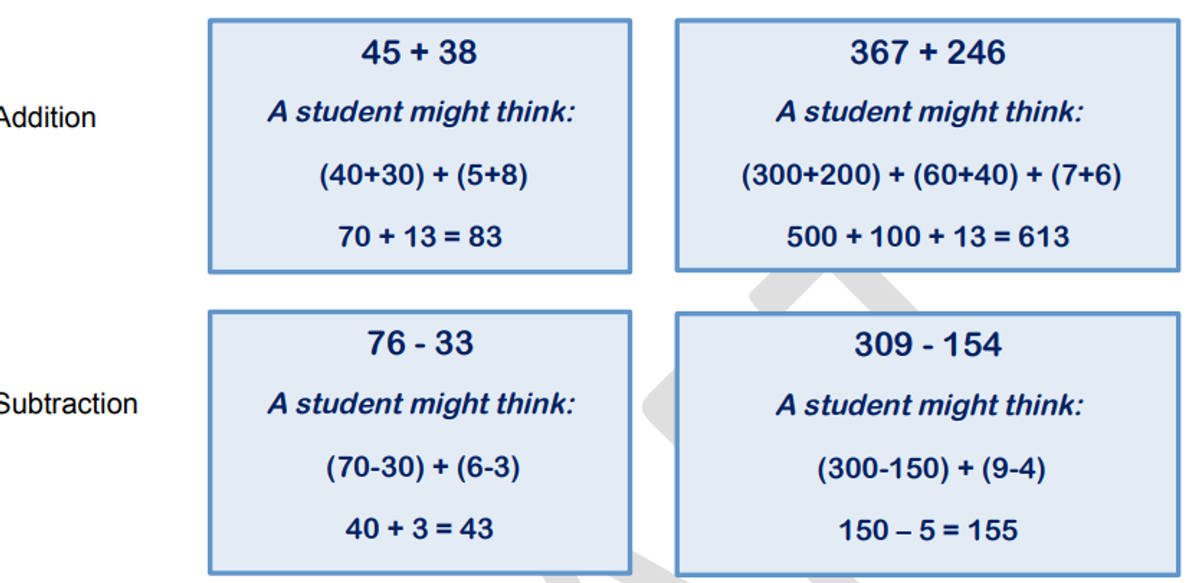

The Split strategy relies heavily on students’ flexible place value understanding. It can be represented with materials and visual models, including base ten blocks and place value charts.
Adding and subtracting with the COMPENSATE strategy:
The Compensate strategy requires the user to:
• add or subtract the parts
• adjust the sum (or difference).
It is most common to adjust one number to a benchmark number, e.g. multiples of 10, 100 or 1000. However, as students become more fluent with the strategy, they might adjust to other compatible numbers, e.g. 25, 75.


SSV COBURG DISTRICT SUMMER SPORT RESULTS
Last Friday, St Fidelis’ Year 5/6 students participated in the final round (5) of the SSV Coburg District Interschool Sports Competitions. In this round, St Fidelis played matches of Softball, Basketball and Bat Tennis against St Bernard’s Primary School.
Congratulations to all our teams on displaying wonderful sporting behaviour and team effort for our final round of competition and throughout the season during Term 1.
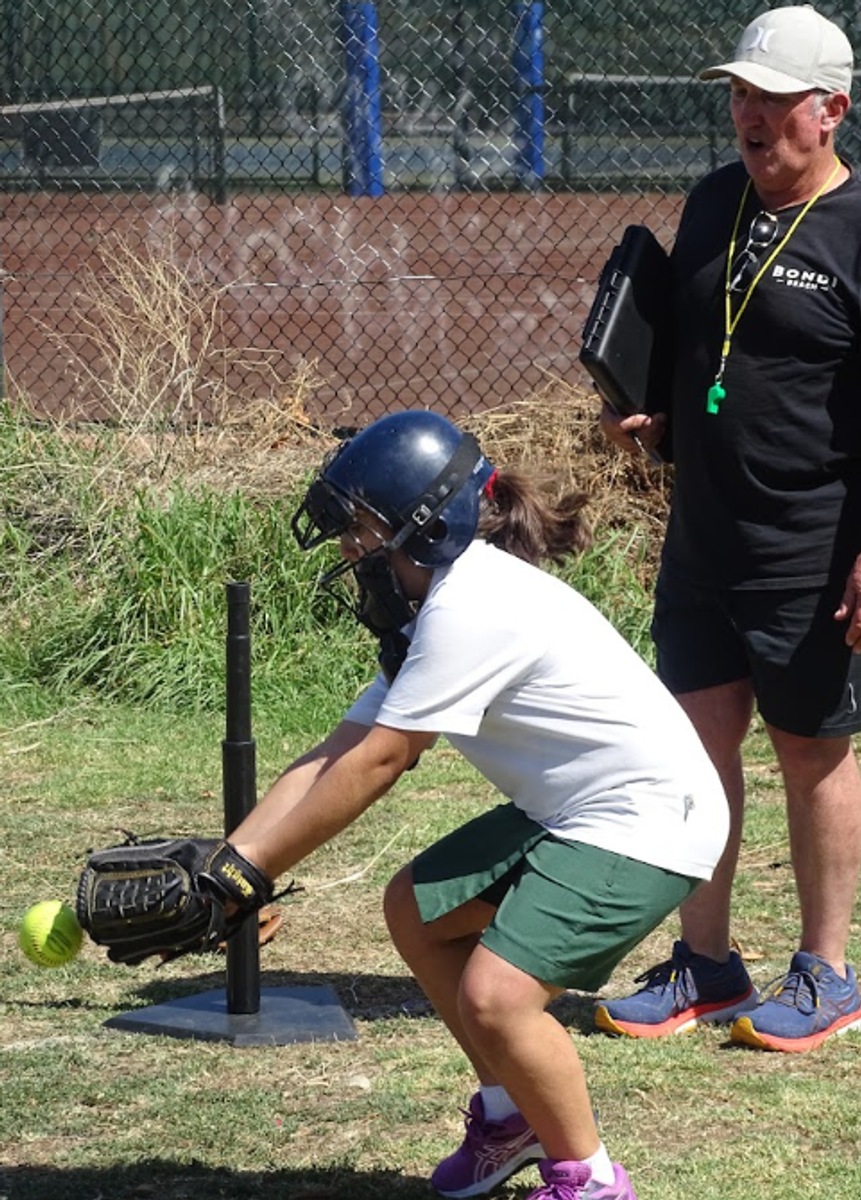

Softball Boys
St Fidelis 8 runs was defeated by St Bernard’s 15 runs
Softball Girls
St Fidelis 13 runs was defeated by St Bernard’s 15 runs
Bat Tennis Boys
St Fidelis 31 games defeated St Bernard’s 19 games
Bat Tennis Girls
St Fidelis 42 games defeated St Bernard’s 8 games
Basketball Boys
St Bernard’s 50 points defeated St Fidelis 13 points
Basketball Girls
St Fidelis 32 points defeated St Bernard’s 14 points
Congratulations to Ava (1/2) who was selected to take part in the Essendon football club junior clinic. It lasted two hours, it ended with two Essendon players doing a Q&A, which was so special for Ava. Ava then participated in Halftime Auskick, she had an absolute blast. The day then ended with watching her team winning the match against Gold Coast.
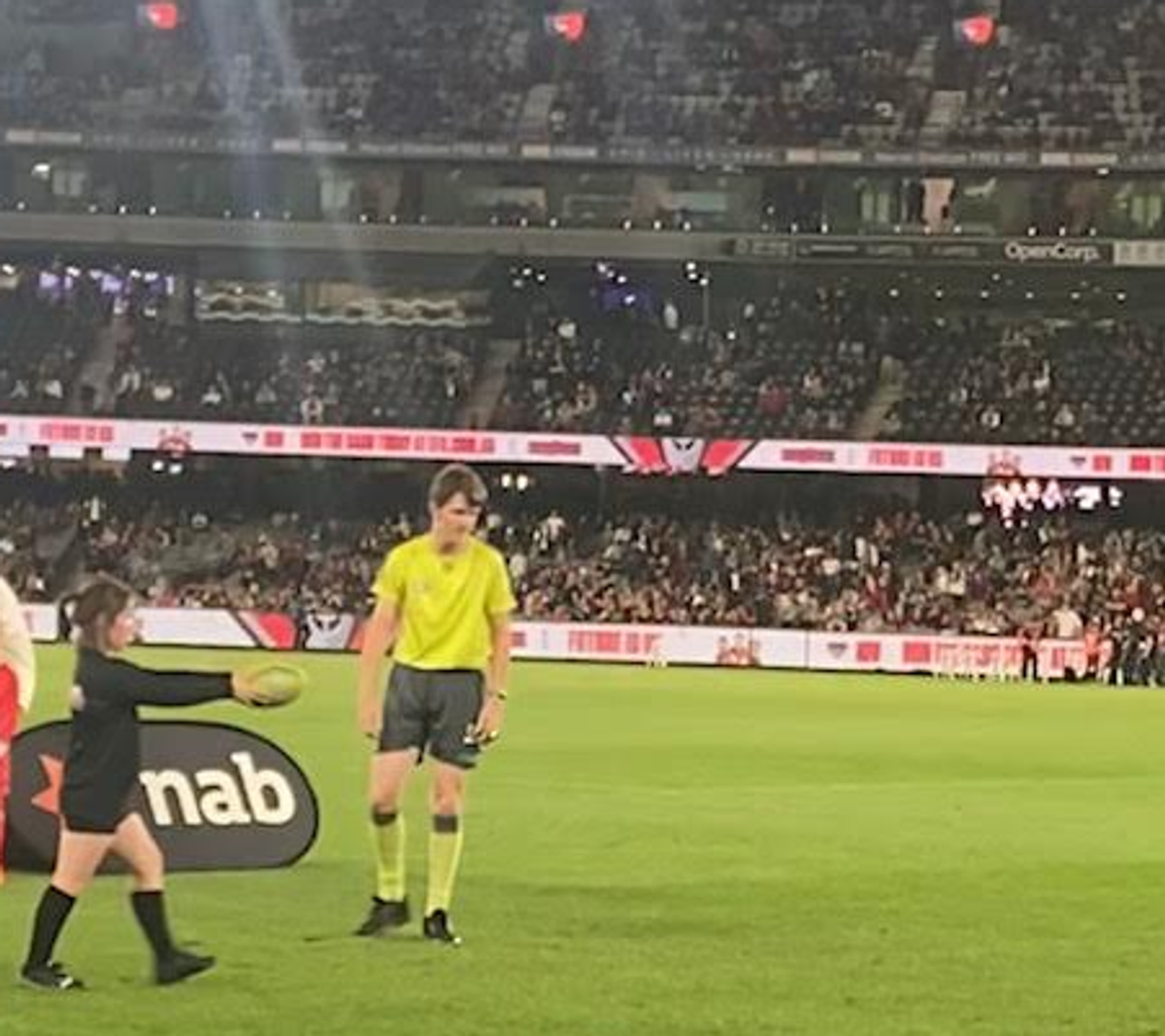
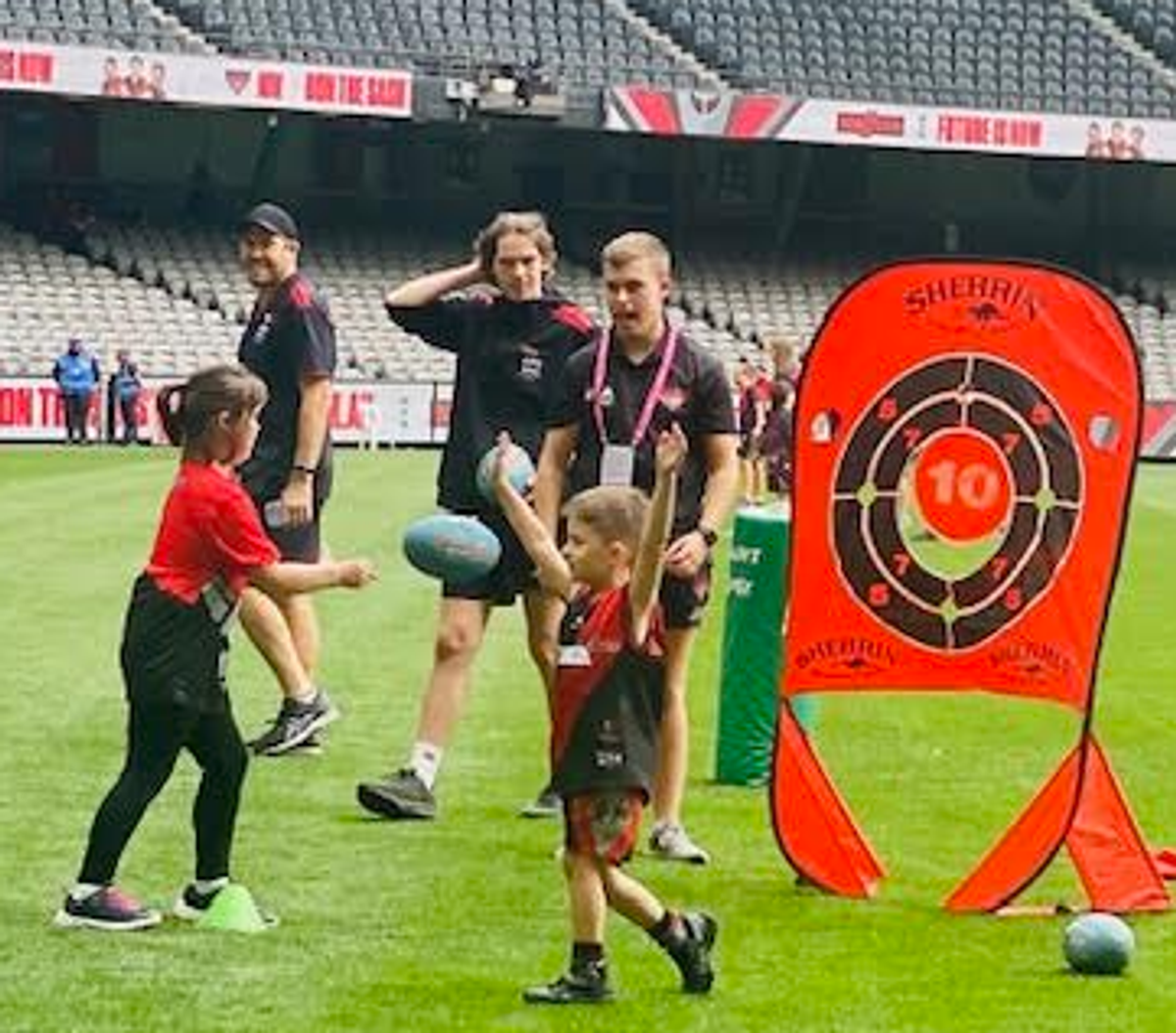

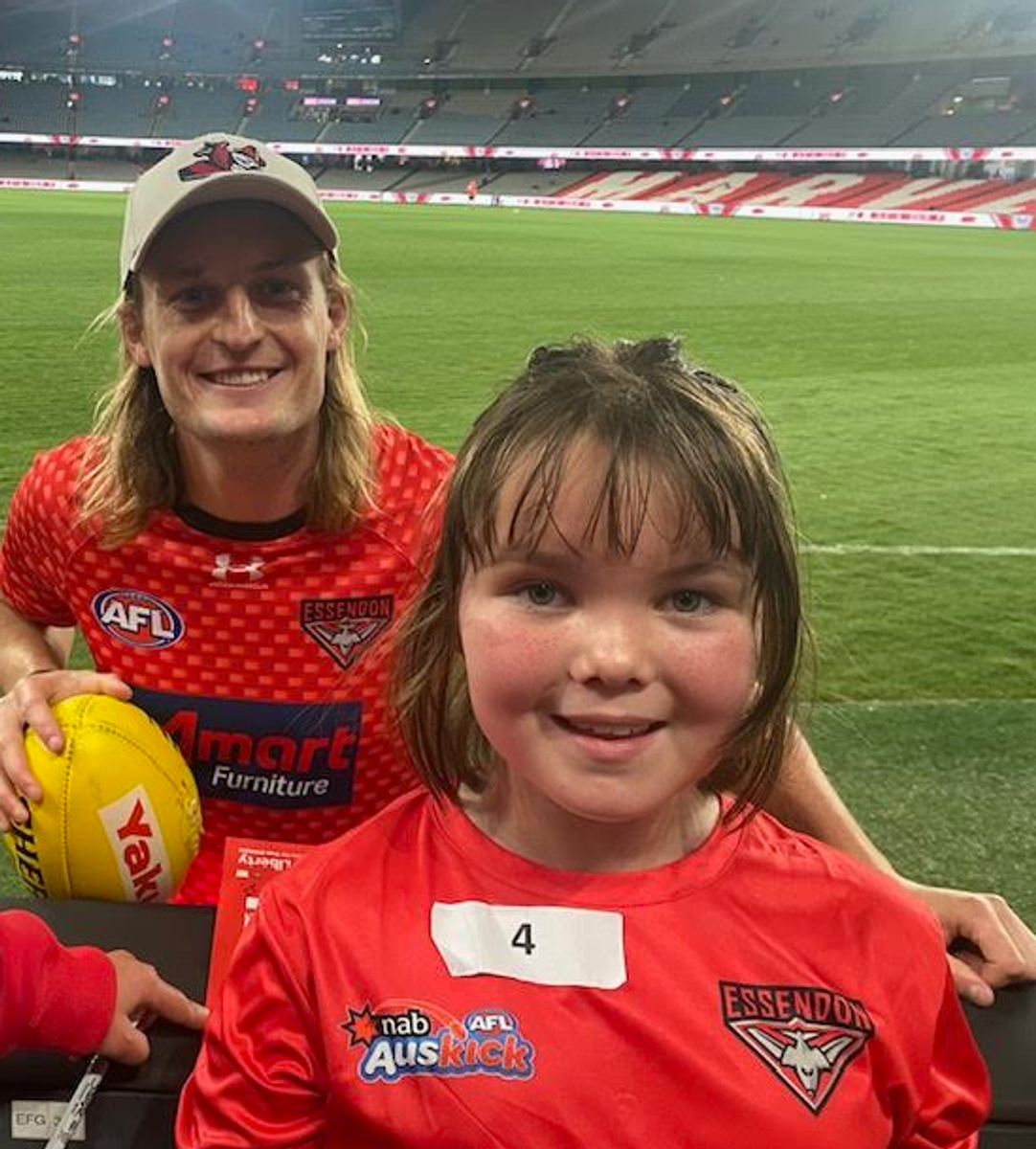




I'd like to share these YouTube videos to showcase what the students have covered during STEM this term.
This YouTube video showcases our school Leaders at the St Patrick's Cathedral feast day mass and art expo.


Salve a tutti! (Hello everyone!).
For all the new parents at St Fidelis PS, let me introduce myself: mi chiamo signora Rosa. I have the pleasure of teaching your child/ren italiano for an hour each week here at St Fidelis. Again, this year, I will be at the school on Tuesdays and Wednesdays. I have included my timetable below so you will know when your child has Italian for the week.
TUESDAY (martedì) | 5/6GT | 5/6AO | FAP | FLW | ||
WEDNESDAY (mercoledì) | 3/4BP | 3/4BZ | 1/2VS | 1/2VK | 1/2AM | 5/6OS |
I am fortunate enough to still continue teaching Italian in my own room, where I will be teaching all the grades from F-6 throughout my two days here. This will allow me to not only display/consolidate the Italian language all around the room but also display children’s work that they have been doing during Italian sessions, reinforcing the content taught.
Throughout the terms, I will be including an item in the school’s newsletter, informing parents what each year level is/has been learning about in Italiano, as well as any extra news in relation to Italian happenings at the school. I have included a special happening already, see below for more information.
Questa Settimana:
Coming up this week, the grade 3/4 ‘s will be going on an excursion to the Museo Italiano, Italian Museum in Carlton. The purpose of this Italian excursion is that it ties in nicely with their class Inquiry unit on What is Your Story? The children will be learning about Italian migration to Australia, as well as exploring the Museum’s Italian artefacts, and then going on a short Lygon Street walk. They will then finish off their excursion by having lunch at one of the Italian restaurants in Carlton. 🍕
Just a reminder to parents, as stated in the permission note, that the children need to wear their sports uniform and bring with them a small backpack, big enough to carry their fruit snack, recess food, a bottle of water and a clipboard, (which the school will provide on the day). Please remember that the children will be having a pizza lunch in Carlton, so unless they have allergies and you wish them to eat something else from home, please don’t pack any lunch for that day.
Mrs Panzarino, Ms Zorzut, myself, Ms Janette, (ESO), plus 4 parent volunteers, will also be attending this coming excursion. I look forward to reporting back next week on this exciting excursion. Stay tuned.
Until then buona settimana!
Signora Rosa 🌹
EXPERIENCE MUSIC
